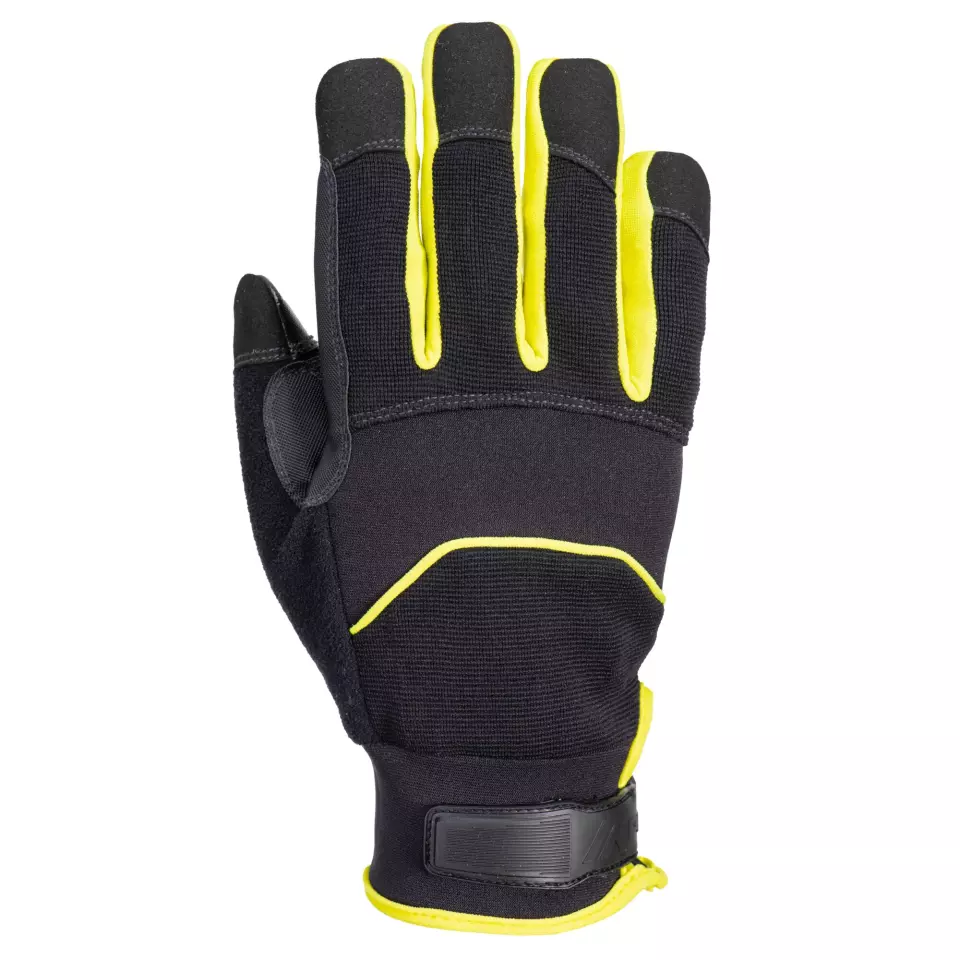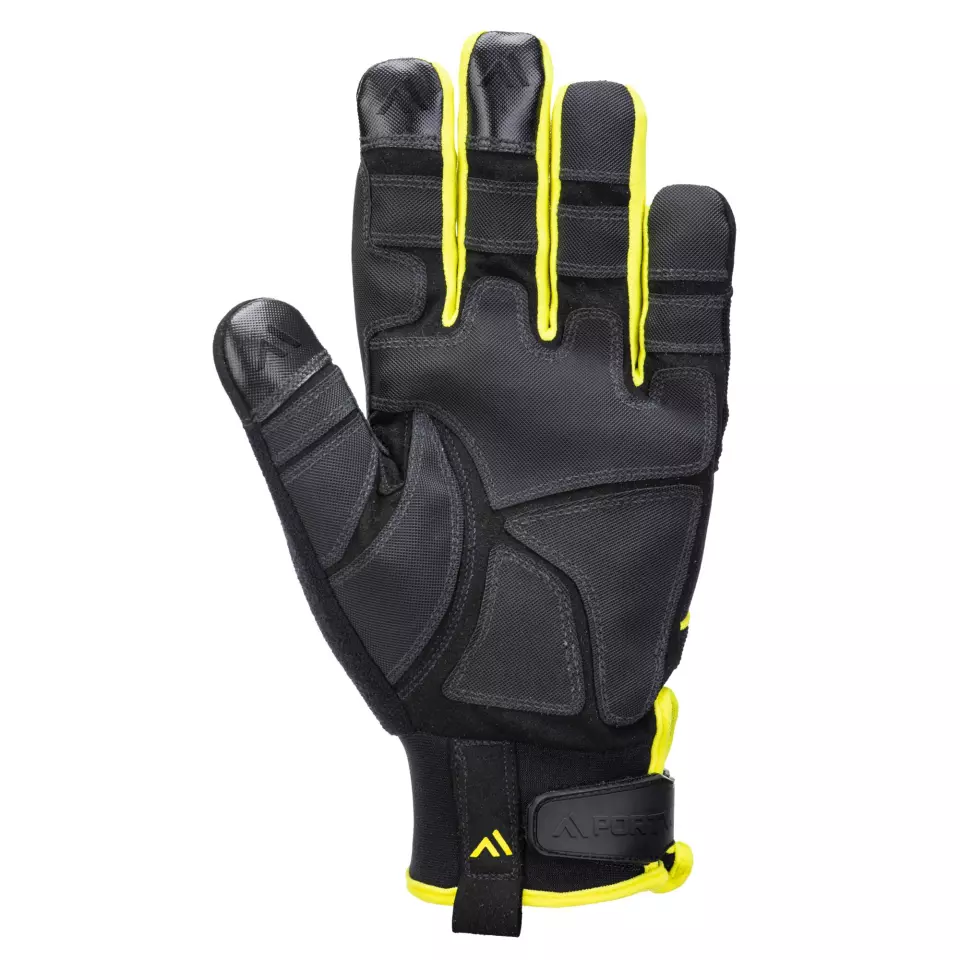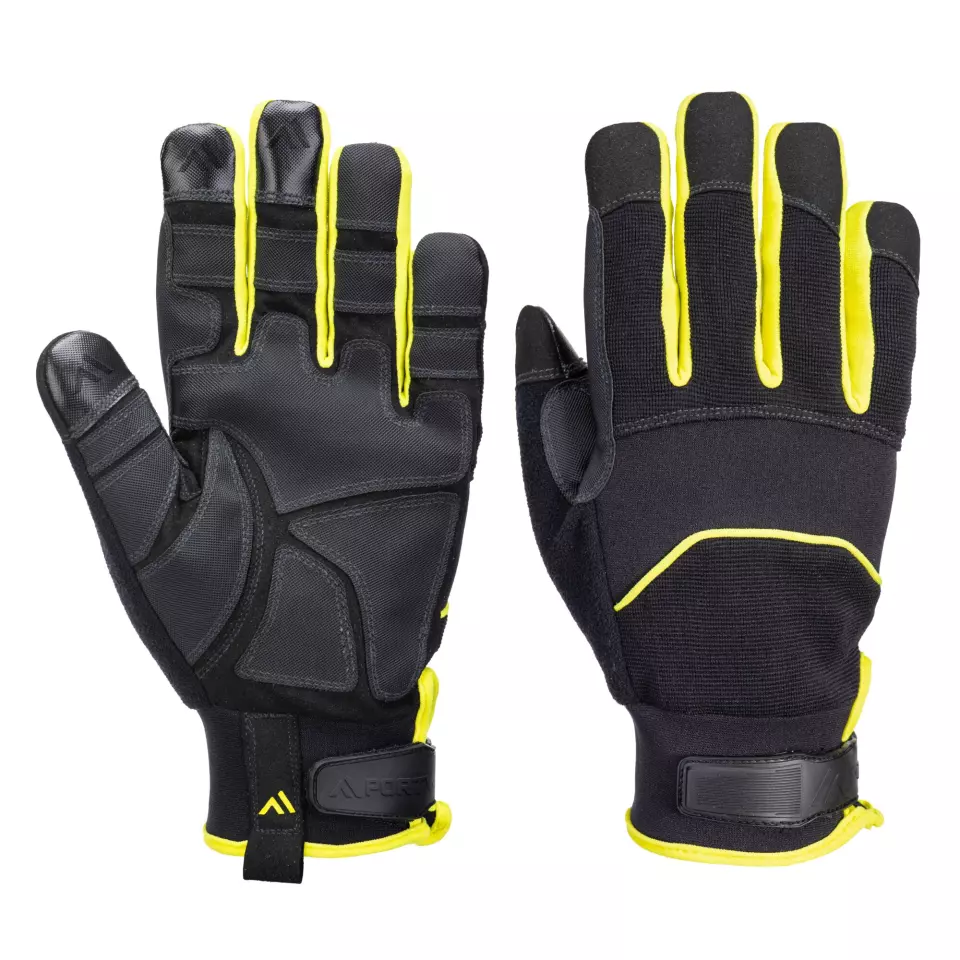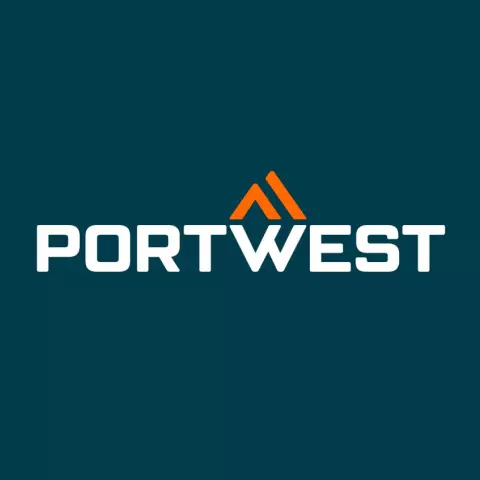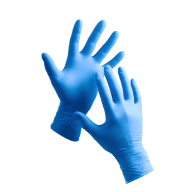Needle Resistant Glove, Black/Yellow
5.0 / 5
Product description
Advanced needle-resistant mechanical glove engineered for maximum protection against hypodermic needles and sharp objects. Features level 5 puncture resistance on the palm, level 3 on fingers, and level 1 in the challenging fourchette area between fingers. The textured finish ensures superior grip and dexterity in both wet and dry conditions, achieving the highest dexterity rating of level 5 for intricate task performance.
Product Features:
- Level 5 puncture resistance against hypodermic needles
- Reinforcement between fingers to protect vulnerable hand areas
- Textured finish provides enhanced fingertip grip and dexterity in wet and dry conditions
- Achieves highest dexterity level 5 for intricate tasks
- Level F cut resistance
Technical Details:
- Palm: Level 5 puncture resistance
- Fingers: Level 3 protection
- Fourchette area: Level 1 protection
- Increased puncture resistance properties
Recommended Applications:
- Jobs requiring high dexterity
- Protection against needles and sharp objects
Standards:
- CE certified
- UKCA marked
- EN ISO 21420: 2020 Dexterity 5
- EN 388: 2016 + A1: 2018 (3X24F)
- ASTM F2878:2019 Level 5
- ANSI/ISEA 105: 2016 PUNCTURE Level (5)
- ANSI/ISEA 105: 2016 CUT Level (A9)
- Slip Resistant
- Hand Protection
- Cut Resistant
Standards and labels
Portwest delivery terms
Free delivery when you order more than 300,00 € from Portwest
Supplier shipping fee 4,74 €
Brand minimum 20,00 €
50,88 €
Shipping fee is 4,74 € for orders under 300,00 €
Sold in units of one pair
Need larger quantities?
Other products you may like
Recently viewed
Other products you may like
Similar products you may like
Autonomous sourcing platform
The most efficient way to source and order supplies for your operations
